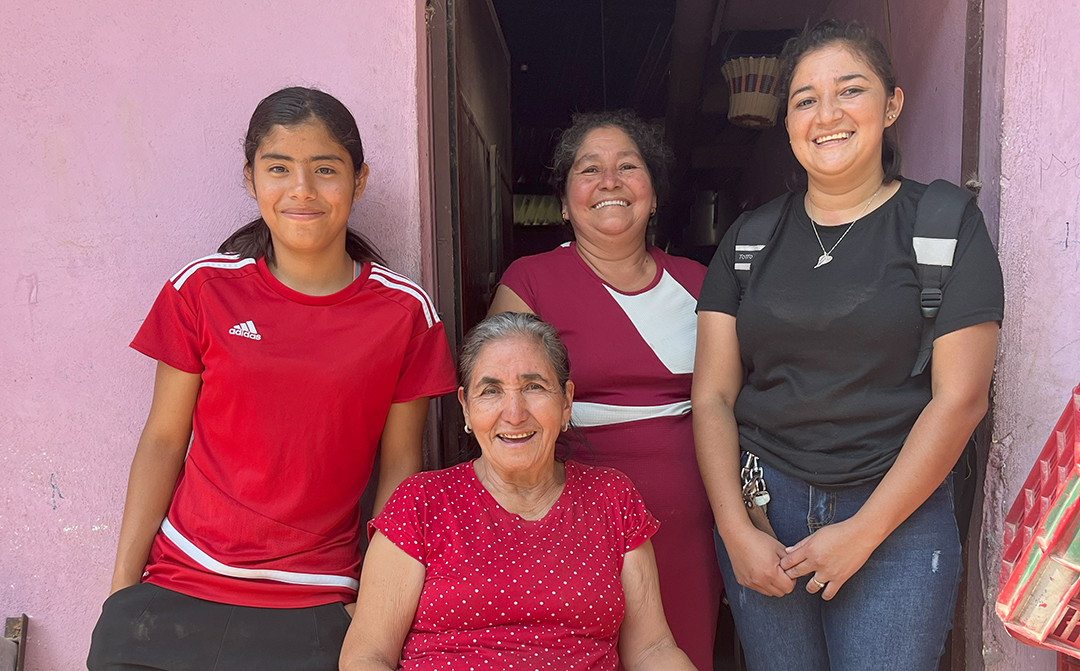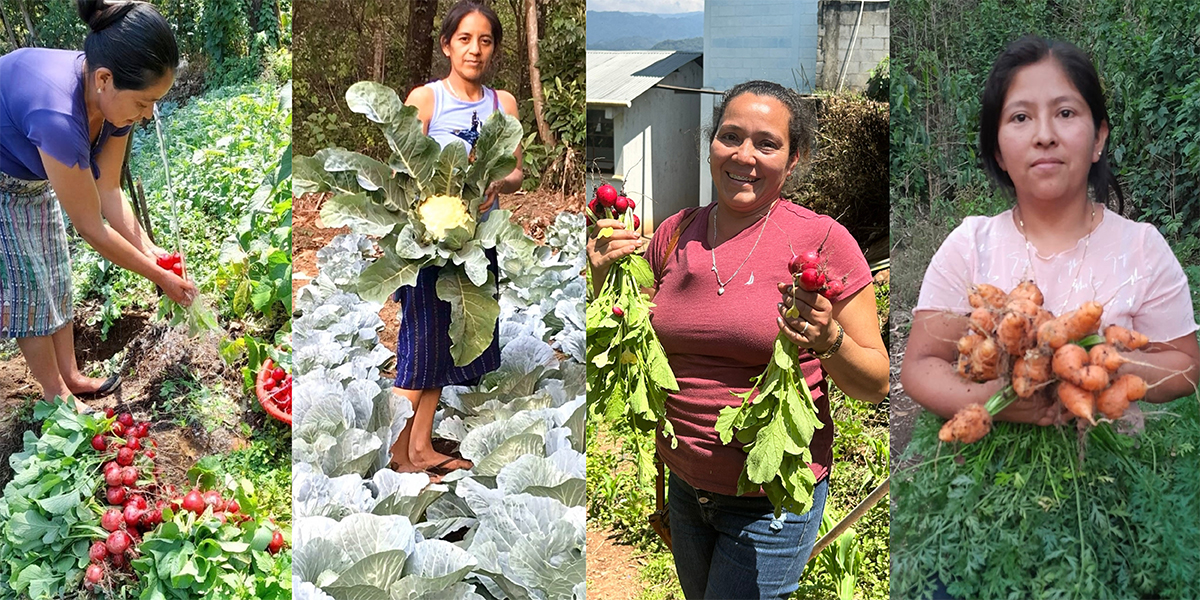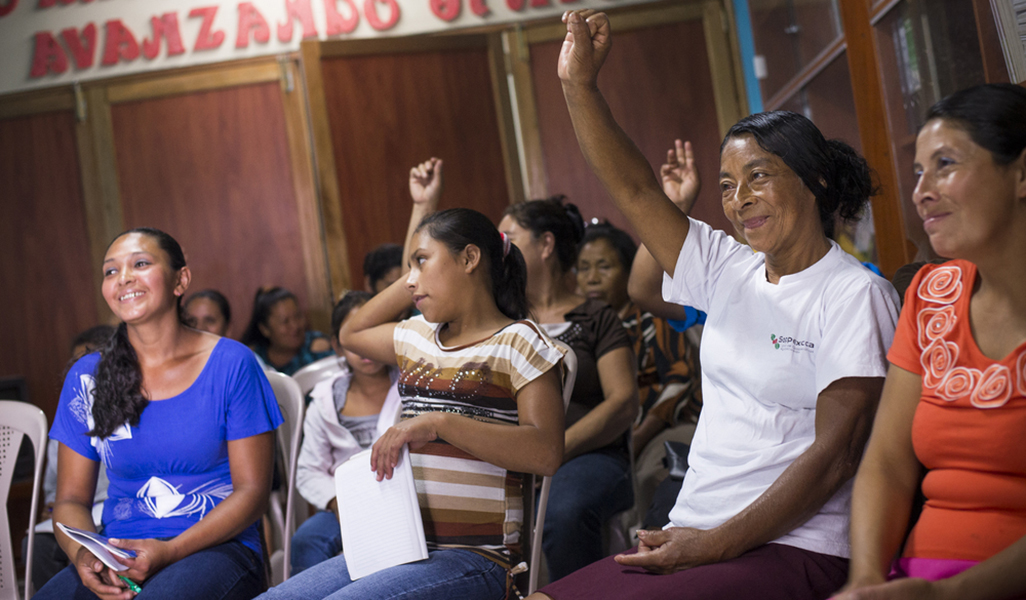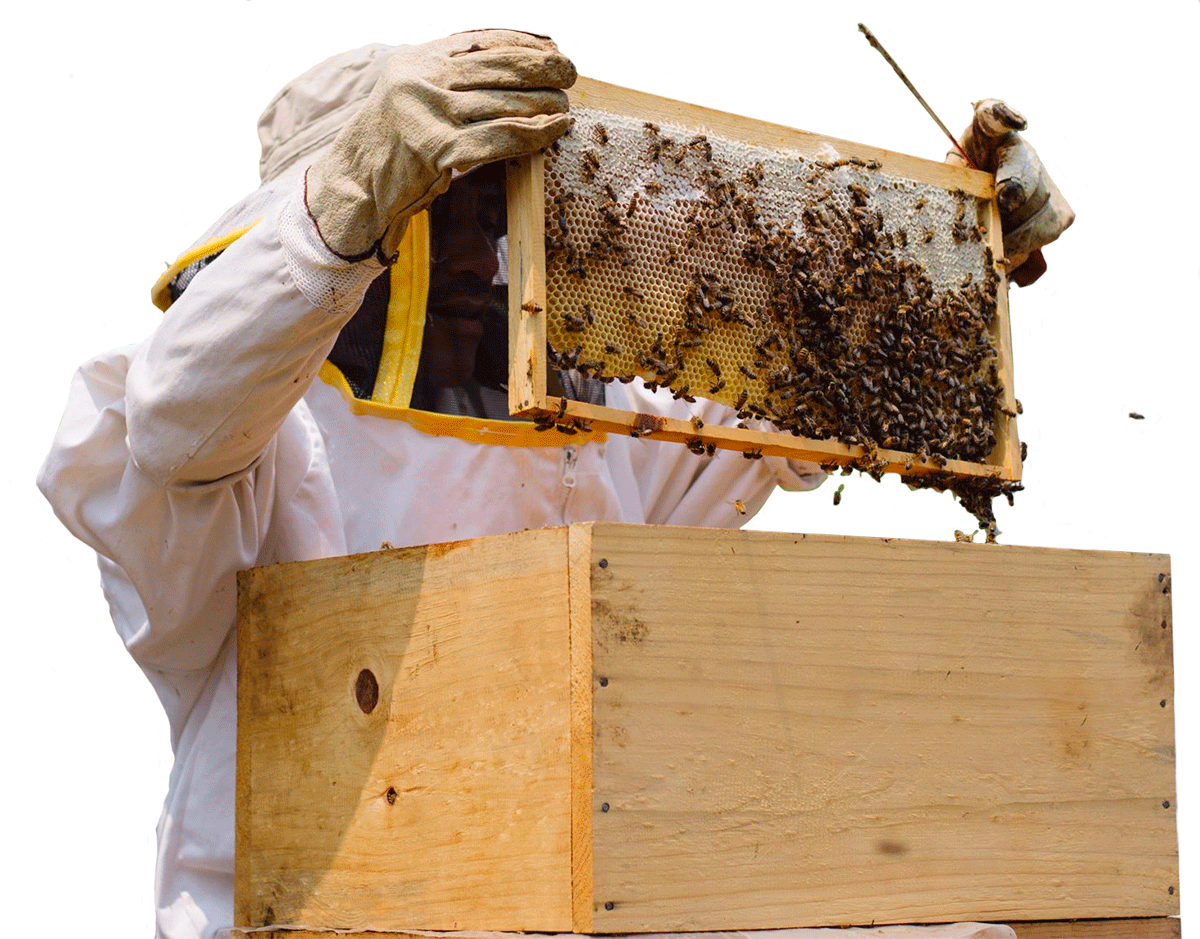
CLIMATE RESILIENCE
Food production is responsible for 26% greenhouse gas emissions and 70% of freshwater use.
Agriculture as it is is practiced today is a big contributor to climate change. This threatens not just livelihoods, but life on the planet. The unpredictable weather patterns and greater frequency of extreme weather events take a heavy toll on all, but especially those with limited access to resources.
Working with communities to build climate resilience is essential to adapting to rising temperatures and extreme weather.
Building resilience is a particular struggle for coffee-farming families and commodity farmers around the world.
Over reliance on coffee for income and persistently low prices have left many with few resources to invest in adapting to a changing climate. A 2015 report, A Brewing Storm, projected that climate change could reduce the global area suitable for coffee production by 50 percent by 2050. This means that most families who now rely on coffee will lose their main source of income.
Climate change is already having big impacts on coffee-producing countries:
GUATEMALA
In Guatemala, drought conditions in the “dry corridor” across Huehuetenango and Quiche is driving outward migration, as families fail to raise enough food to survive.
NICARAGUA
Nicaragua, the poorest country in Central America, lies in the path of Atlantic hurricanes, making it vulnerable to more frequent extreme weather. Crops have been lost due to more extreme rain systems.
COLOMBIA
Along the Andes Mountain Range in Colombia, shifting weather patterns are forcing farmers to adapt the timing of plantings and focus on soil management to maintain productivity.
Two Sides to Climate Change’s Impact on Food Security
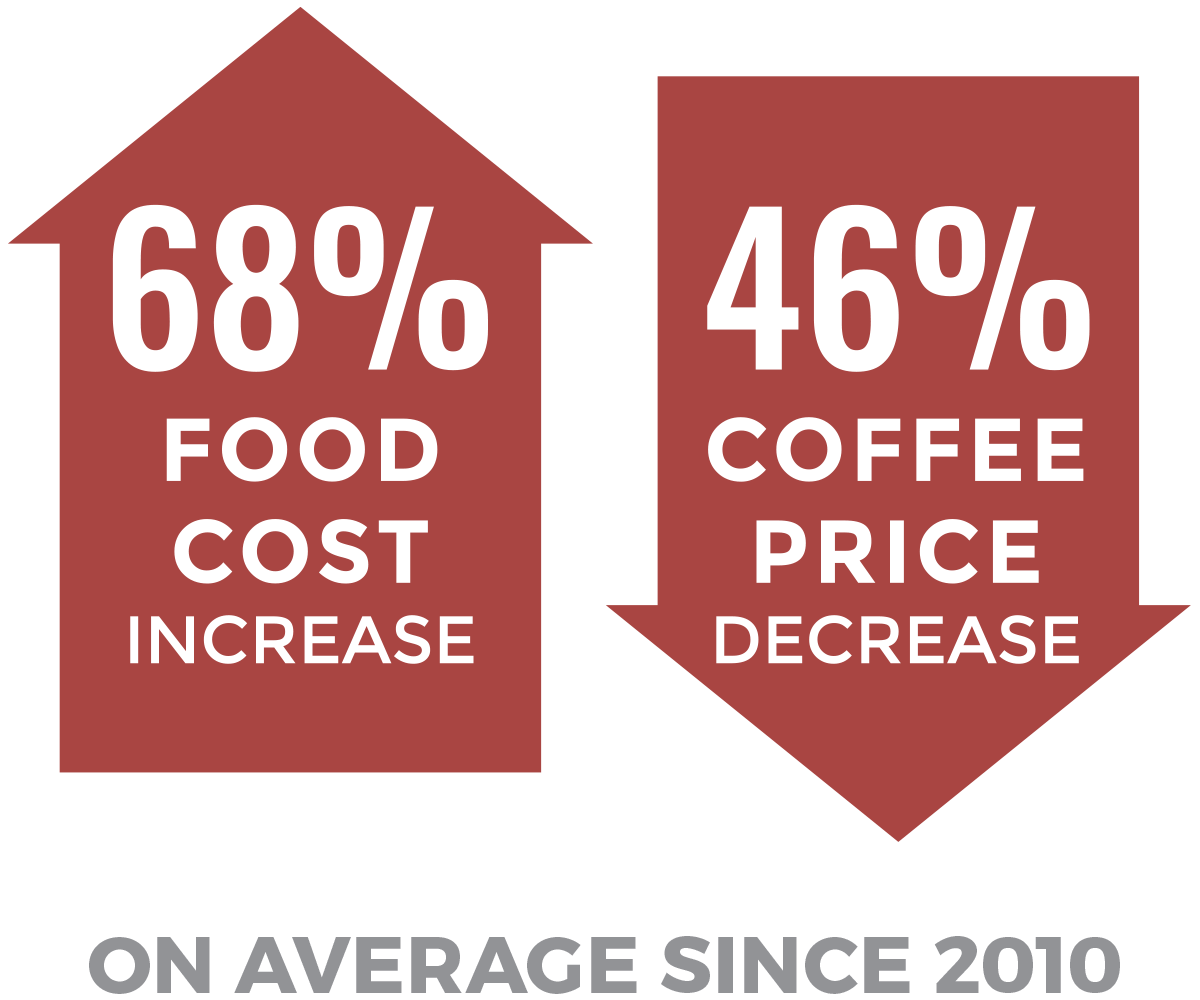 Crop failures due to weather conditions cause a significant, immediate rise in food prices, and limits access to and availability of healthy, locally-produced foods. People then shift to nutrient-poor, calorie-rich processed foods that can leave them simultaneously stuffed and starved. Around the world, an estimated 820 million people are currently undernourished, while 2 billion adults suffer from obesity.
Crop failures due to weather conditions cause a significant, immediate rise in food prices, and limits access to and availability of healthy, locally-produced foods. People then shift to nutrient-poor, calorie-rich processed foods that can leave them simultaneously stuffed and starved. Around the world, an estimated 820 million people are currently undernourished, while 2 billion adults suffer from obesity.
This dichotomy is the result of a system of food production and distribution that favors consolidation and standardization over diversity and accessibility. Climate change is exacerbating these weaknesses in the global food system.
Agroecology and Organic Agriculture
Though agroecology and organic are often used interchangeably, there are differences in practice. Agroecology is about viewing the farm as a complete system, incorporating soil health, water quality, production inputs, and biodiversity to create sustainable food systems that work in harmony. Goods produced organically can be farmed with an agroecological perspective, but as interest in organic has grown, it has resulted in intensive production levels. This can result in large scale monocropping, limited rotation of crops, and reliance on fossil fuels.
Climate Resilience and Our Work
We collaborate with coffee cooperatives and farmer associations to transform small-scale coffee farms into environmentally-friendly, agricultural hubs. We promote organic and agroecological practices to eliminate or minimize chemical inputs, replacing them with locally-produced organic compost and pesticides. Depending on the community and their priorities, we also help them develop sustainable irrigation systems, seed saving practices, and curricula for nutrition education and climate-smart farm practices.
Our goal is to build resilience, honor the local culture and food traditions of our partner communities, diversify diets, and help women, young people, and small-scale farming families thrive through new local economic opportunities.


